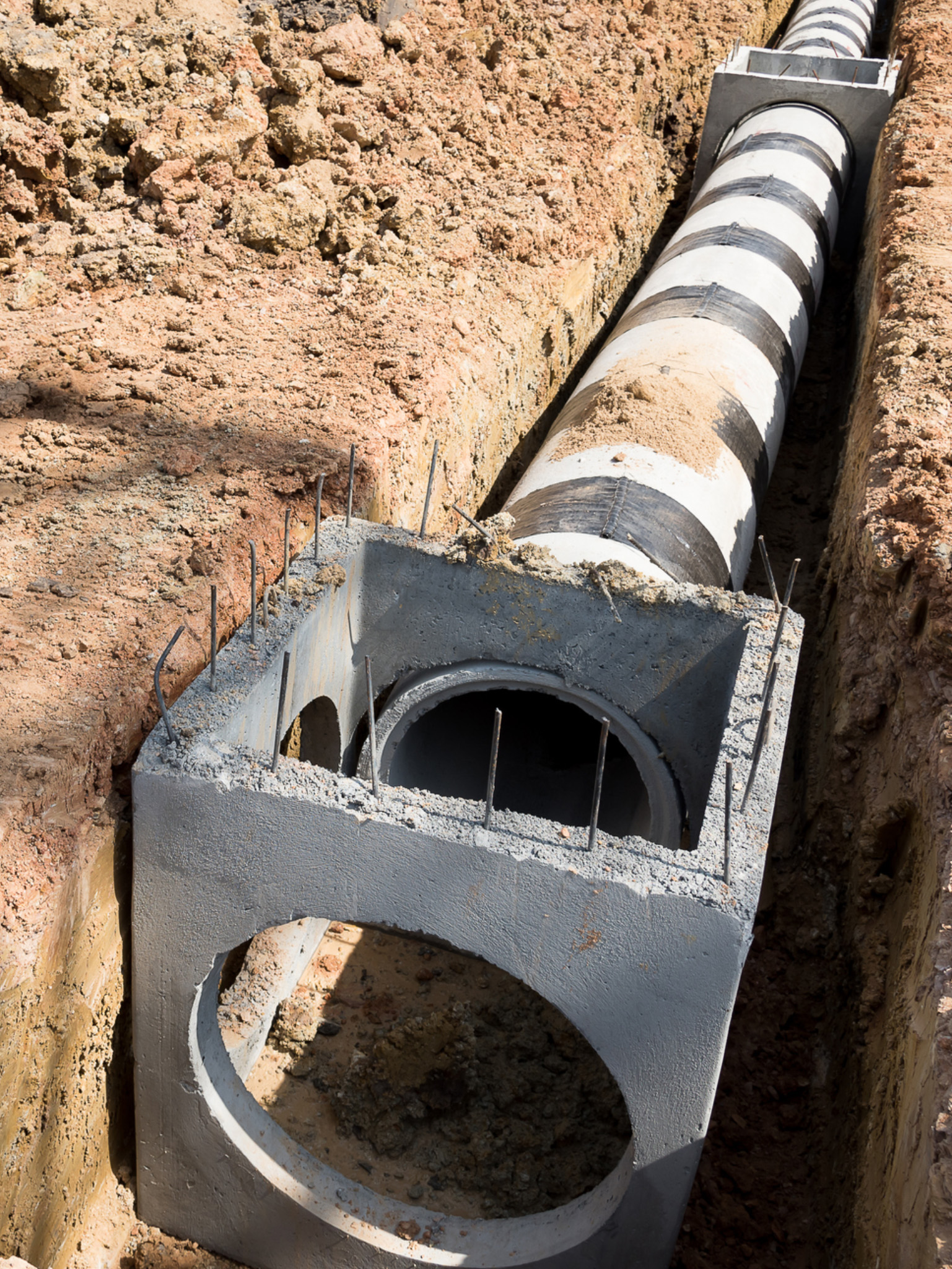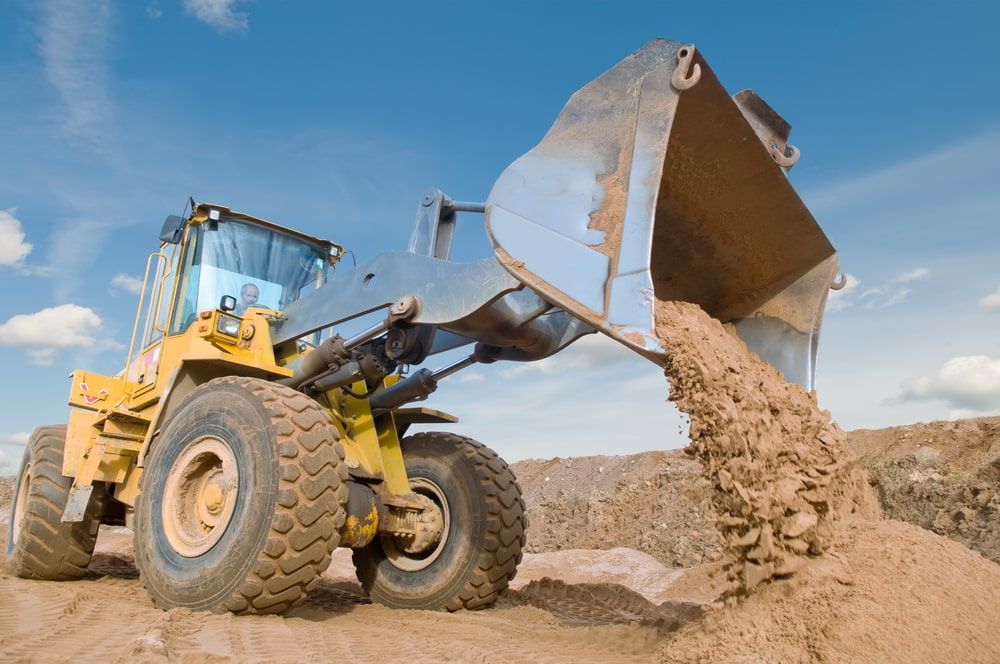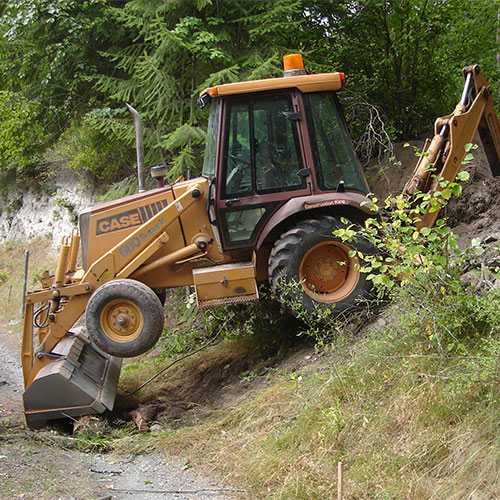Specialist Septic Ohio - Relied On Septic Tank Professionals in Ohio
Specialist Septic Ohio - Relied On Septic Tank Professionals in Ohio
Blog Article
Extensive Exploration: The Science Behind Superior Excavation Practices
The realm of excavation practices is a domain where scientific research links with workmanship to unearth the secrets concealed under the planet's surface. From ancient hand tools to contemporary hydraulic excavators, the advancement of excavation strategies has been a testimony to human resourcefulness and technical improvements. Nonetheless, what absolutely sets remarkable excavation methods apart is a deep understanding of geological principles, paired with the use of innovative devices and approaches. By checking out the science behind these practices, we can reveal the keys that lie underneath our feet and value the accuracy and expertise that enter into every dig.
Advancement of Excavation Methods
Throughout history, the evolution of excavation strategies has actually played an essential function in advancing construction methods and historical explorations. From the basic devices used by our ancestors to the advanced equipment employed in modern-day times, the progression of excavation approaches has substantially changed how we approach different projects.
In ancient times, hand-operated labor with fundamental tools such as wheelbarrows, pickaxes, and shovels was the primary technique of excavation. This labor-intensive procedure restricted the depth and range of excavations, commonly resulting in slow development and limited accessibility to particular sites. Nonetheless, as worlds advanced, so did the devices and techniques made use of for excavation.
The Industrial Transformation noted a turning point in excavation exercise with the introduction of steam-powered machinery. This advancement revolutionized the field, enabling for faster and more comprehensive excavations. In modern times, modern technology plays a pivotal function in excavation, with improvements like general practitioner systems, drones, and 3D scanning enhancing precision and efficiency in the field. The evolution of excavation techniques proceeds to form the means we build, explore, and understand the world around us.
Duty of Modern Technology in Excavation

The assimilation of advanced modern technology has actually fundamentally reinvented the field of excavation, boosting precision and performance to unprecedented degrees - septic ohio. One of the essential technical developments that has actually significantly affected excavation methods is the application of GPS systems.
In addition, the introduction of 3D modeling and simulation software program has streamlined the planning procedure for excavation tasks. Engineers and operators can currently visualize the entire excavation process prior to damaging ground, recognizing possible challenges and optimizing operations. Together with this, the execution of drones in excavation tasks has actually facilitated aerial surveys, volumetric measurements, and site inspections with unrivaled speed and precision.
Geological Concepts in Excavation
An understanding of geological concepts is important for making sure the architectural stability and security of excavation websites. Geological aspects play a crucial duty in figuring out the usefulness and safety and security of excavation jobs (lancaster trenching). One vital geological concept to think about is the kind of soil or rock present at the site. Various dirt types, such their explanation as crushed rock, clay, or sand, have varying degrees of security and need different excavation techniques. For example, natural soils like clay may call for added support to stop collapses, while sandy soils might be susceptible to disintegration during excavation.
Additionally, the geological structure of the location, including mistakes, cracks, and rock formations, must be meticulously analyzed to determine prospective risks and obstacles. Excavating near geological fault or unstable rock developments can lead to instability and possible hazards. By carrying out comprehensive geological studies and analysis, excavators and designers can establish approaches to reduce threats and ensure the effective completion of excavation tasks. Ultimately, integrating geological concepts into excavation techniques is important for achieving risk-free, reliable, and lasting outcomes.

Newest Tools for Excavation
In the realm of excavation practices, contemporary technologies in devices have transformed the efficiency and accuracy of excavation procedures. These drones can offer comprehensive aerial studies of excavation sites, offering real-time information on topography and possible risks.
Another cutting-edge device getting popularity is the implementation of 3D printing modern technology for producing customized excavation tools. This permits the production of specialized devices that are tailored to the certain requirements of a task, increasing effectiveness and lowering downtime.
In addition, developments in products science have actually led to the growth of more powerful and more sturdy excavation tools. lancaster excavation. Tungsten carbide-tipped excavator add-ons, for example, offer superior efficiency in challenging ground conditions, boosting efficiency on-site
Scientific research's Influence on Excavation Practices

In addition, improvements in materials science have actually brought about the development of stronger, extra long lasting excavation devices and devices. For instance, using composite products in miners and shovels has enhanced their efficiency and long life, ultimately increasing performance on excavation sites. Additionally, clinical research discover this study on soil technicians and geotechnical engineering has actually offered valuable understandings into soil actions, enabling excavation specialists to make enlightened decisions regarding excavation approaches and soil stabilization methods. On the whole, scientific research remains to drive advancement and improvement in excavation methods, making excavation tasks much more reliable, affordable, and lasting.

Conclusion
In conclusion, the development of excavation methods has been greatly influenced important link by advancements in technology and a much deeper understanding of geological concepts. The most recent devices and tools made use of in excavation have actually boosted performance and accuracy in the area. The application of clinical expertise has actually significantly boosted excavation methods, resulting in more efficient and sustainable techniques for excavating various kinds of products.
In the world of excavation practices, contemporary innovations in tools have transformed the effectiveness and accuracy of excavation processes. By leveraging scientific principles, the excavation market has been able to substantially enhance effectiveness, precision, and security in excavation procedures. GPR permits excavation groups to non-invasively check and map subsurface structures, utilities, and potential hazards, allowing them to intend excavation tasks with greater precision and reduced threat of crashes.
In addition, clinical research study on soil technicians and geotechnical design has actually given beneficial understandings into soil behavior, allowing excavation professionals to make informed decisions concerning excavation techniques and soil stablizing methods. In general, science proceeds to drive advancement and improvement in excavation practices, making excavation projects more efficient, cost-effective, and lasting.
Report this page